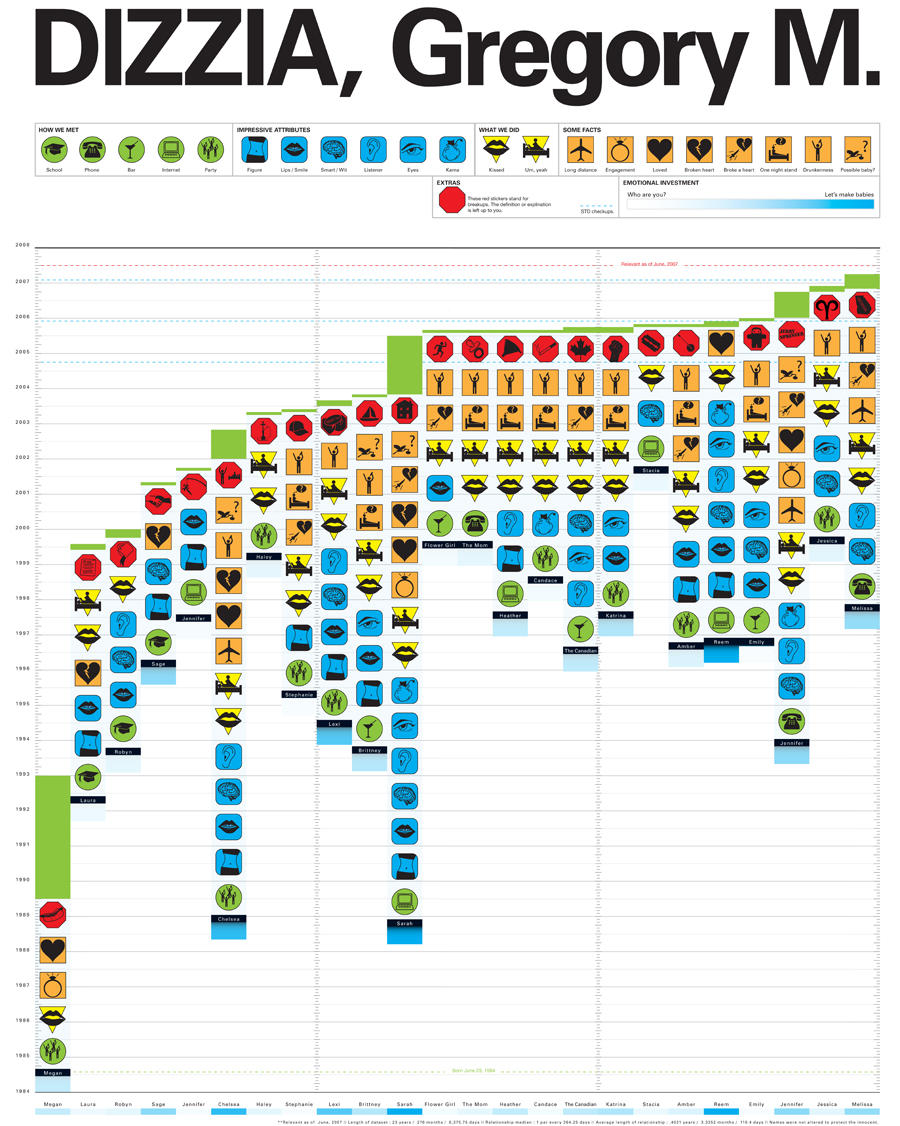1. What skills have you developed through this module and how effectively do you think you have applied them?
I have built on my illustrative skills. I am not the best at illustration and I have stuck with it and have got better I think. The sessions on create visual representations quickly really put my crafting to the test, as I am someone who would like a little longer when creating something that would have to be shown to the rest of the group. I pushed myself and in those sessions because I started out and my attempts were like a pre-schooler.
The workshops on the whole were based on things I had never attempted before and although I was skeptical to start with and I did wonder why I was doing some of the tasks I can now see how it benefited. The sequence sketches brought about interesting results as different people in the group interpreted words and phrases different to me, so it was interesting to see how they responded. I think I have got quicker at being able to visual multiple solutions to a problem through doing the sessions.
2. What approaches to/methods of research have you developed and how have they informed your design development process?
The method of research I have developed mostly is the quick response to a problem, and by coming up with multiple ideas or visual links to a keyword whether it be a noun, verb or phrase I have learned to think quickly and this has helped save me time trying to come up with one perfect idea.
In terms of secondary research and gaining inspiration, I haven't really changed much. I still close myself off a little and tend not to look at books and magazines as often as I should. I look at the theory rather than work I admire which I can apply to my own ideas.
3. What strengths can you identify in your work and how have/will you capitalise on these?
The amount of careful consideration I put into my work and I feel that, particularly in this module, on the what is a line? brief, my work has flowed nicely to a good conclusion. There was a little rut I got myself into when experimenting but I pulled it together in the final weeks and created a nice final which took me a long and hard time and a lot of money to complete.
As stated before I think my illustration has improved to the point where I could use my own illustrations to work from and create something clean and polished digitally.
4. What weaknesses can you identify in your work and how will you address these more fully?
I did some but not enough outside the sessions. For example the icons and schematic diagrams I could have done more of, or more in the way of photography because I am still a little unsure about working with a digital slr.
I could have had a bigger range of sketches and general investigation into other areas of what is a line rather than being narrow minded in the end. I just felt that natural lines was a wide enough subject to give me enough to work with. I should have also dedicated more time on the development of a final design rather than jumping straight into it.
The only way I could rectify this is to do it on the next module. I think I would normally but I have genuinely felt the pressure of the course. It has been difficult but it has been worth the effort.
5. Identify five things that you will do differently next time and what do you expect to gain from doing these?
Spend more time in the library looking at current trends and finding inspiration instead of doing my own logical layouts and taking inspiration subconsciously.
I don't think I could have managed my time better because but I could have perhaps put more time aside for this module. The what is a line stuff was running in the background and the back of my mind up until February, and that is just simply not good enough for someone who wants to set a high standard.
Apart from those I can't really fault myself. I try hard, I attended every session and came wanting to work and improve, even when the agenda of the session was to stick down coloured paper. I was out of my comfort zone but I never complained. I am hard on myself sometimes and I come to the end of the module thinking, have I done enough and how much has everyone else done. I think I could have spent more time outside the sessions on the pictogram and icon stuff cos I didn't get the 30 done because I simply could not think of anymore imagery. I did do a few resolutions digitally though.
6.How would you grade yourself on the following areas:
Attendance 5
Punctuality 4
Motivation 3
Commitment 3
Quantity of work produced 3
Quality of work produced 4
Contribution to the group 3














































